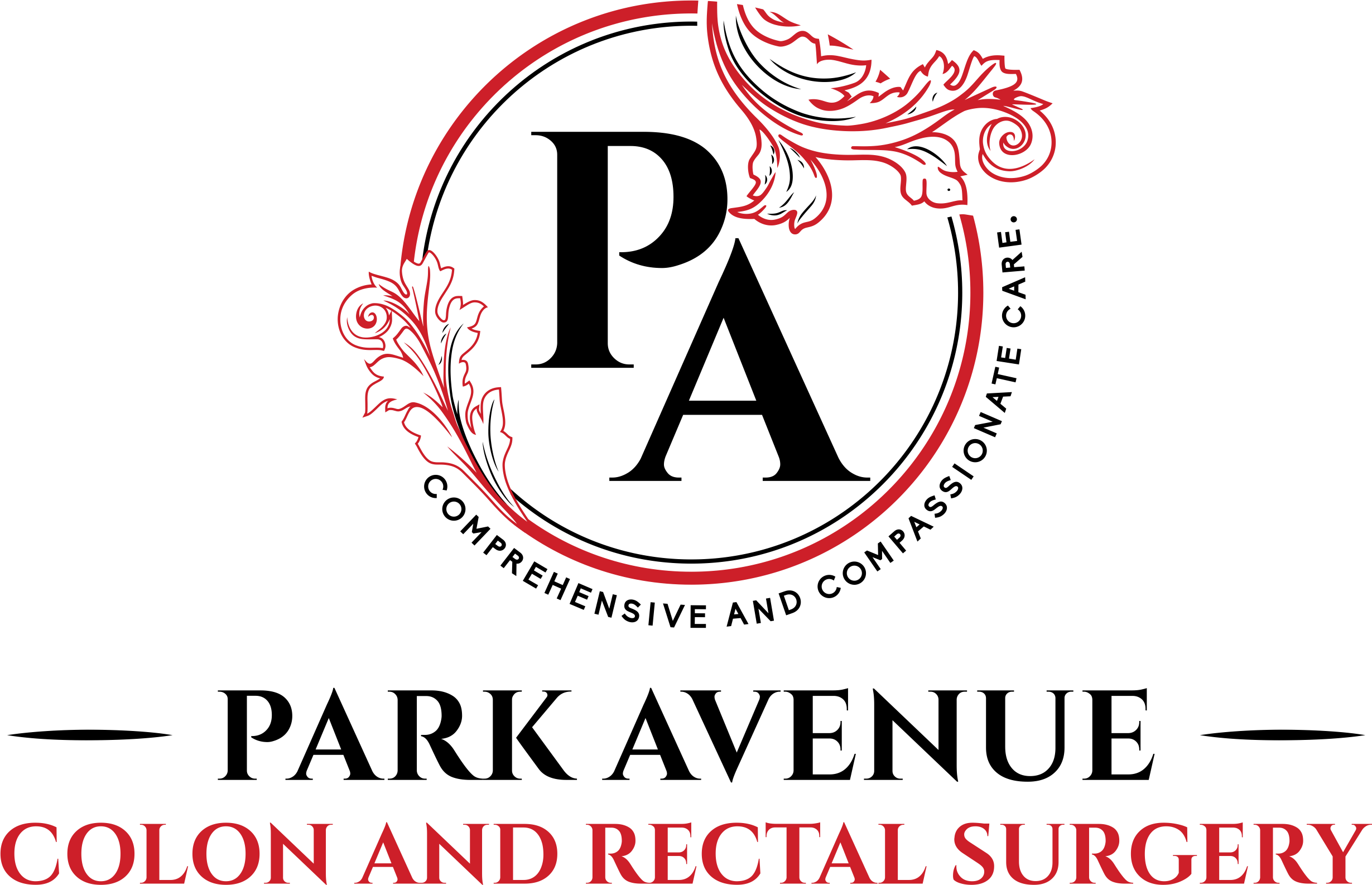
Pilonidal disease develops in the crease of your buttocks, forming a cyst or abscess that can cause significant pain and inflammation. Marsha Harris, MD, FACS, FASCRS, at Park Avenue Colon and Rectal Surgery in the Murray Hill neighborhood of Manhattan, has helped many people find relief from their symptoms. Dr. Harris specializes in non-surgical and surgical treatments that promote healing and lower your risk of recurrent problems. To schedule an appointment, call the office in New York City, or use the online booking system today.
request an appointmentWhat is pilonidal disease?
Pilonidal disease occurs when hair becomes embedded under the skin. Though this problem can affect several places on your body, it most commonly develops in the crease of your buttocks, between the anus and the bottom of your tailbone.
Your risk of developing pilonidal disease is higher if you’re male, overweight, or have thick, stiff body hair. The condition also typically affects young adults, appearing before the age of 40.
What are the different forms of pilonidal disease?
Pilonidal disease may appear as an abscess, cyst, or sinus:
Pilonidal abscess
This form occurs when the embedded hair becomes infected and pus collects in the surrounding tissues.
Pilonidal cyst
A pilonidal cyst develops when the hair is enclosed by skin, forming a sac-like cyst. A cyst may or may not become infected.
Pilonidal sinus
A sinus refers to a tract or small tunnel that develops under the skin and extends from the cyst or abscess.
What symptoms develop if I have pilonidal disease?
A small pit in the buttock crease is one of the earliest signs that you could develop pilonidal disease. When more noticeable symptoms develop, you may experience:
- Pain
- Inflammation
- Swelling
- Large, painful mass
- Drainage from the area
If the area is infected, it becomes red and tender, and the drainage may have a bad odor. A severe infection causes a fever, nausea, or a general feeling of illness.
How is pilonidal disease treated?
The treatment you need depends on your symptoms. For an acute infection, Dr. Harris opens, drains, and cleans the area. Then she treats the inflammation and infection, in some cases prescribing antibiotics.
After the acute stage clears up, your treatment focuses on preventing future flare-ups. Dr. Harris talks with you about how to keep the area clean. It’s also important to remove hair from the buttock crease.
When pilonidal disease recurs and becomes a chronic problem, Dr. Harris may recommend a surgical procedure, such as:
Excision and dressing
During an excision, Dr. Harris surgically removes the hair, cyst, abscess, and sinuses. She leaves the wound open to promote better healing but applies a dressing that must be changed several times daily.
Rotational flaps
A flap procedure is a way to cover the wound after Dr. Harris removes the abscess, cyst, or sinus. Flaps use a nearby piece of skin that’s still attached to blood vessels. To close the wound with a rotation flap, Dr. Harris pivots the adjacent tissue, turning the skin over the wound.
If you develop signs of pilonidal disease, call Park Avenue Colon and Rectal Surgery or schedule an appointment online today.
